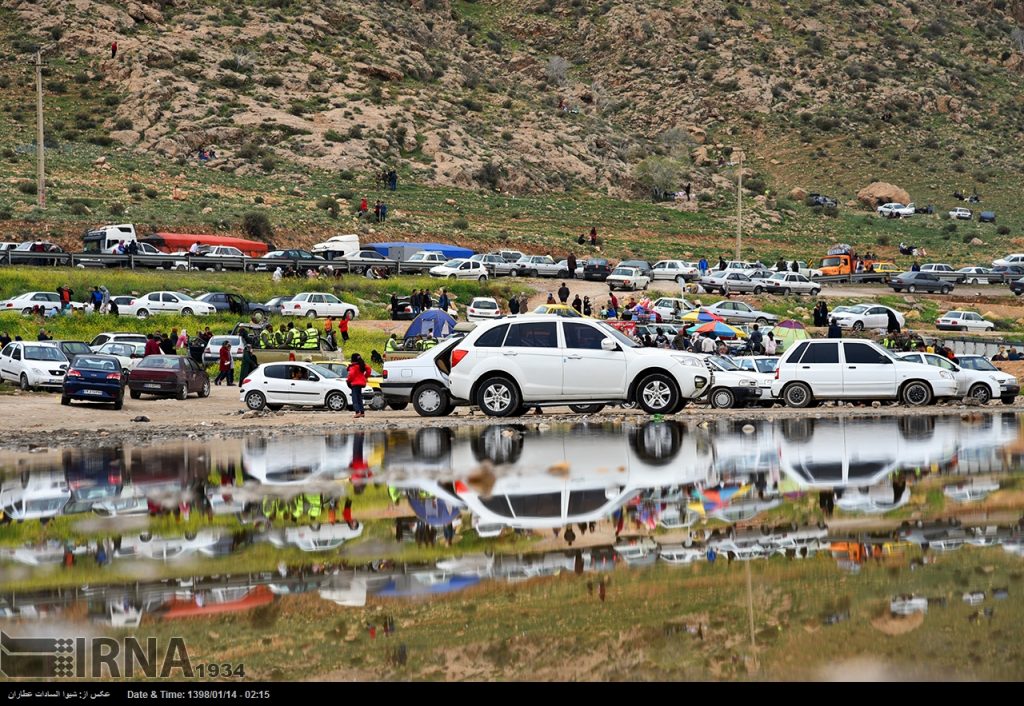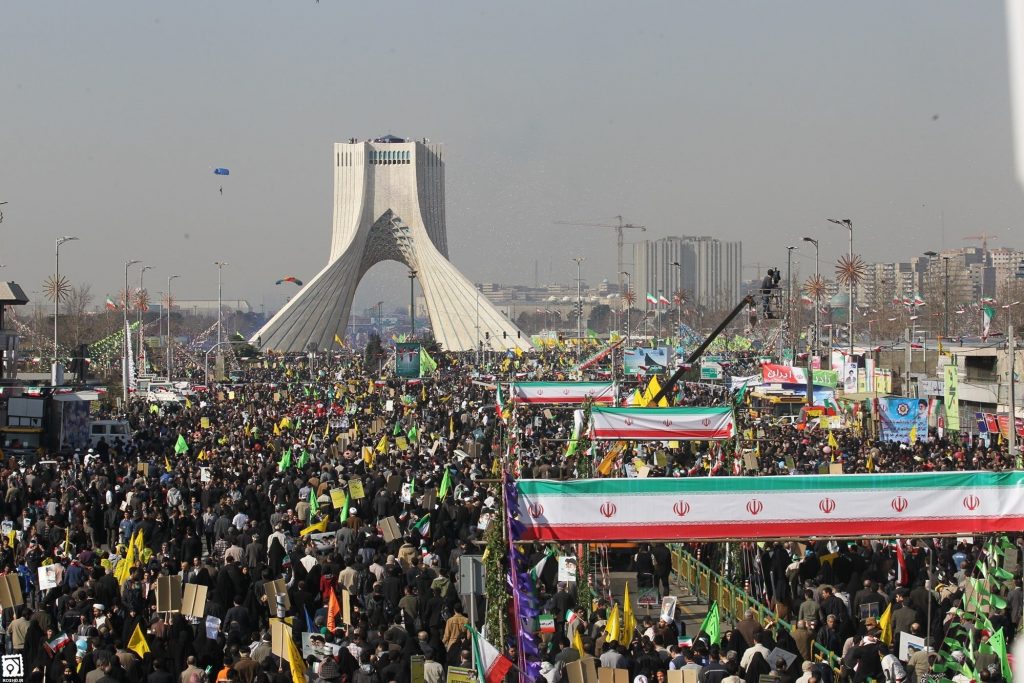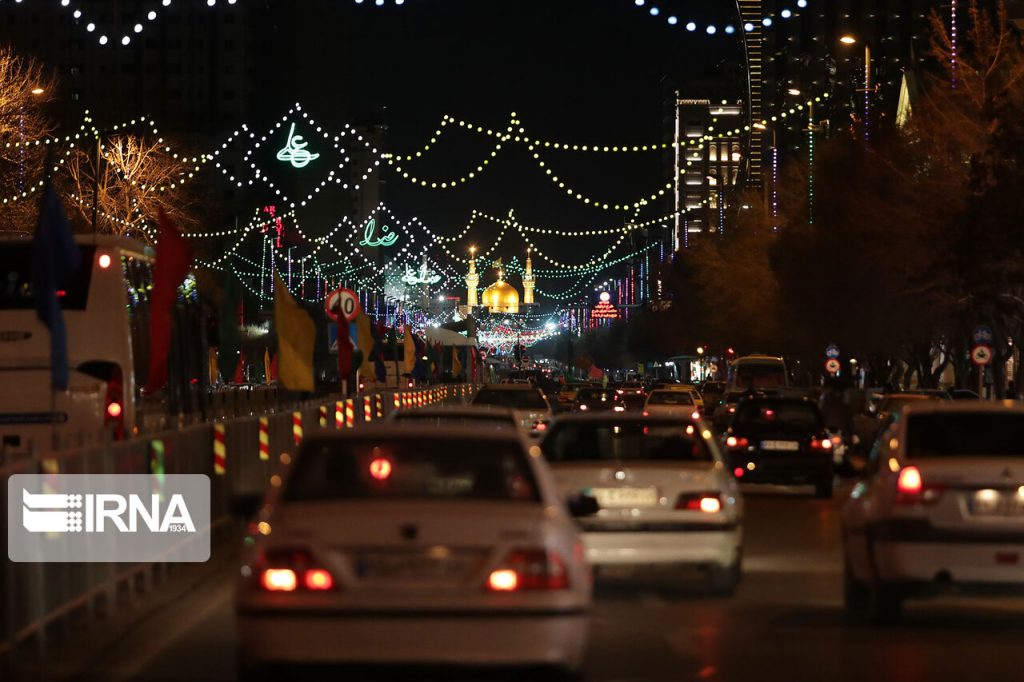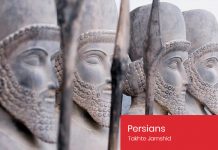One way for learning about the culture and history of a nation is to know about their holidays. It’s important to ask which days of the year are important for the people and why they think they have to remember that every year?
The number of annual holidays in Iran is one of the least in the world. That’s because there’s only one weekend day, the Friday. But excluding the weekly holidays, the result will change the other way around. There are 27 holidays throughout the year. Shall I introduce all of them one by one here? Hmmm… that doesn’t sound like a good idea! I think it’s better to count them in three groups.
- Persian holidays. Some holidays are rooted in ancient Persian celebrations. These start with the first four days of the year, called Nowrooz festival, celebrating the spring and the annual nature wake up. The 13th day of the year is also called Nature’s Day when people go out of their homes and have fun in nature.

- Holidays relating to political events. Most of these are relating to the Islamic revolution. The 12th day of the year is called the Islamic Republic of Iran Day remembering the day of referendum on the current political system. 14th of Khordad is the holiday for the funeral anniversary of Imam Khomeini. And 22nd of Bahman is the day of victory of the Islamic revolution on which people celebrate on the streets. The last day of the year -29th Esfand- is also the day on which the oil was nationalized in Iran about 60 years ago by Mosadeq, the prime minister who stood in front of the English colonialism in Iran.

- Holidays relating to religious rituals. This group includes the main Islamic Eids, Eid al-Fitr and Eid al-Adha (called Eid-e Qorban in Iran), which are holidays in all Islamic countries. Also, the events relating to the martyrdom or birthdays of the important Islamic characters, including Prophet Mohammad, her daughter Fatima, Imam Ali, and Imam Hossein. The main holidays in this group include Mabath (celebrating Mohammad’s first revelation), the birthday anniversary of Imam Mahdi (the last Imam of Shia who is known is still alive), Eid al-Fitr, Eid al-Qadir (the day on which Prophet Mohammad introduced Imam Ali as his successor -caliph- in the Islamic territory), and Ashura (the day in which Imam Hossein was martyred in Karbala). On all of these holidays, there are public gatherings and events, some with a taste of celebration and some in the form of mourning.












